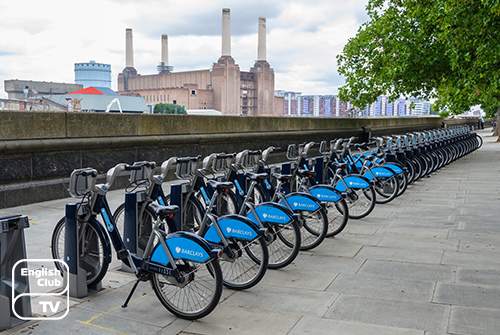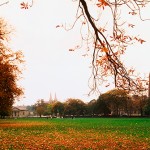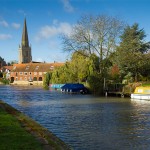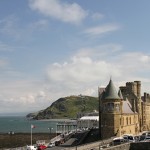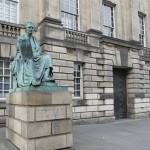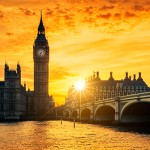Battersea London takes its historical recognition with St. Mary’s Church that lies in the centre of an island. The Island’s position is in the middle of a small river called Falconbrook that flows underneath South London until it meets the River Thames. In the Anglo-Saxon era, Battersea known as Badrices Teg or Badric’s Island possessed the name ‘Patrisey’ after that.
Battersea London – famous church
The St. Mary’s Church has been on the island since 1777, and in 1782, the famous poet William Blake and, his wife Catherine entered into matrimony in this church. Earlier to this church, Battersea boasted many other churches but in its separate part. The Government Act of London constituted a district in the Battersea called Penge and later in 1900 became affiliated with the Kent County.
Battersea London farm lands
The parish had farmlands covering most of its extent before the industrial revolution took place in the region, and the people in the city of London and suburbs were dependent on them for their food. Some of the present names given to roads and locations such as Lavender Hill, Pig Hill and so on denote the crops planted in the parish. In the 18th century, about 20 gardeners had occupied over 300 acres of the parish land. They each had owned over 60 acres. After that, the affluent resided in the Battersea areas eventually.
Battersea industrial revolution
Of the areas of Battersea, its North West side first gave space for industries. Most of them were by the River Thames and the River Wandle. The Wandsworth village came to exist taking the name of the River Wandsworth. Huguenots artisans, who evaded punishment in Europe for religious issues, grew lavender in the area and eventually formed many related industries – milling, dying, brewing, bleaching, and printing calico among others. The River Thames helped flourish the water related transport services while newly built bridges over it improved the land transport services immensely.
Two of the famous companies at that time were Morgan Crucible Company and Orlando Jones’ Starch Factory. The former is still in operation, and it is listed on the London Stock Exchange as well. The Battersea Power Station started functioning in 1939, and the entire Battersea area was declared an industrial zone after that. In the 20th century, industries got away from the area since the local government needed to establish residences to solve the issue of housing for the masses.
Battersea London – Railway Lines
The establishment of railways changed Battersea to a great extent. The year 1893 saw the London and Southampton Railway Company building a rail line in Battersea starting from its east. It demolished the old North West Nine Elms Railway Station. After that, five more railway lines came to exist. In 1863, Battersea witnessed another station called Clapham Junction built for interchanging trains. Now, it is called Battersea Junction.
Battersea estate houses
Battersea London also boasts a range of public estate homes. Visitors can see them when they travel by railway towards the north along Fairfield and East Queenstown. A relatively large Winstanley Estate is famous for the existence of a range of garages called ‘So Solid Crew’. The local government now develops them as a modern housing scheme. The Surrey Lane State exists in the deep north side of Chelsea and Doddington and Rollo Estate lies on the Battersea Park Road.


